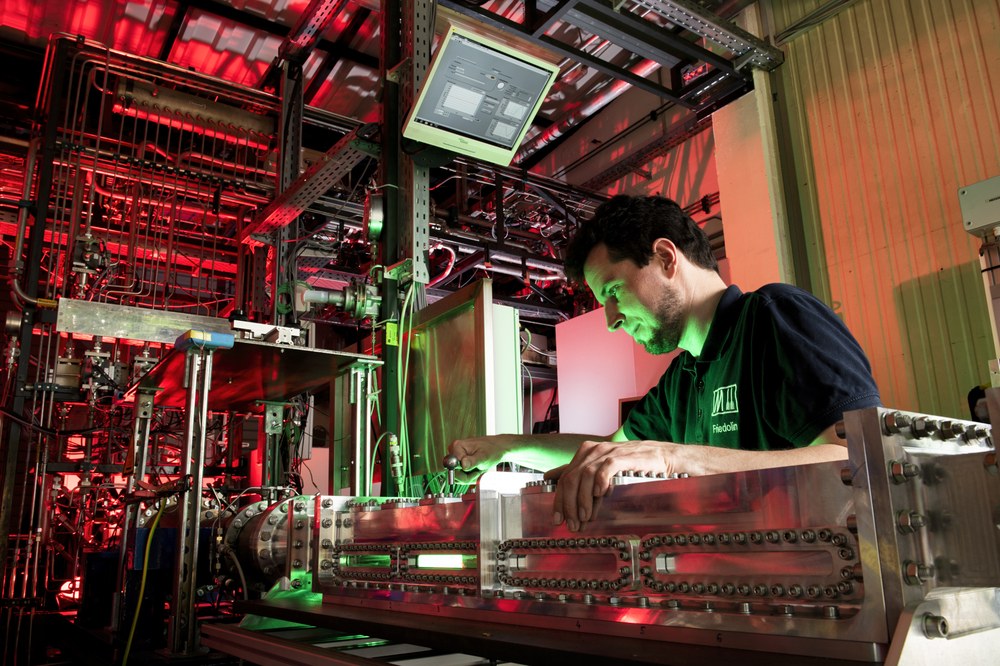Ramjet Propulsion

Ramjet engines make it possible to reach very high flight speeds of more than five times the speed of sound, known as hypersonic. These engines not only offer great potential for future aviation and defense applications, but also as propulsion for fully reusable sub-stages as access to space. Due to the very high flight speeds, however, there are a large number of fluid-physical and thermodynamic challenges. These effects of high supersonic flight have been the subject of intensive research worldwide for years, including at the DLR Institute of Space Propulsion in Lampoldshausen. At the M11.1 test stand, the DLR Institute operates a ground test facility that is unique in Europe for researching ramjets for supersonic flight and scramjets for flight at high supersonic speeds. A chemical air heater on the test stand generates the necessary test boundary conditions and the required hot gas mass flow to simulate a Mach 5.5 to Mach 6.0 flight at high altitude. In this connected pipe test mode, in which the combustion chamber is connected directly to the air heater without an air inlet, combustion and flow processes within the combustion chamber can be investigated in detail.
The ramjet propulsion group at the DLR Institute of Space Propulsion is in charge of the M11.1 air heater test bench and deals with the most important aspects of hypersonic flight, in particular cooling and combustion, as well as material tests and new types of propellants for this special type of engine. In addition, it develops and improves suitable measurement methods for these challenging flow and environmental conditions. The measurement data and results obtained on the M11.1 test bench not only flow directly into the improvement and better understanding of future ramjet and scramjet engines, but also into the legal approval and framework conditions for future supersonic flight that is as sustainable as possible.
